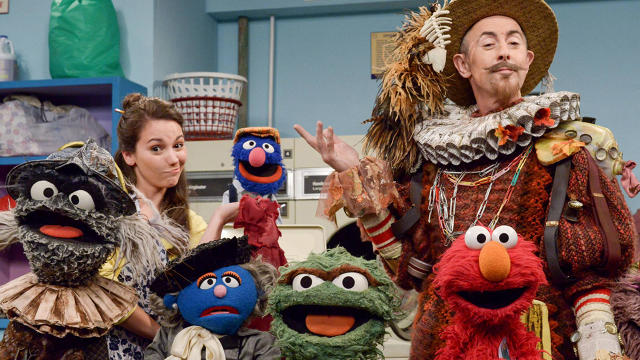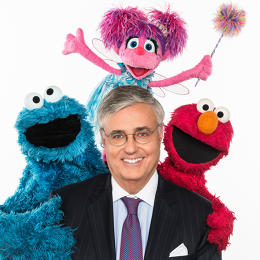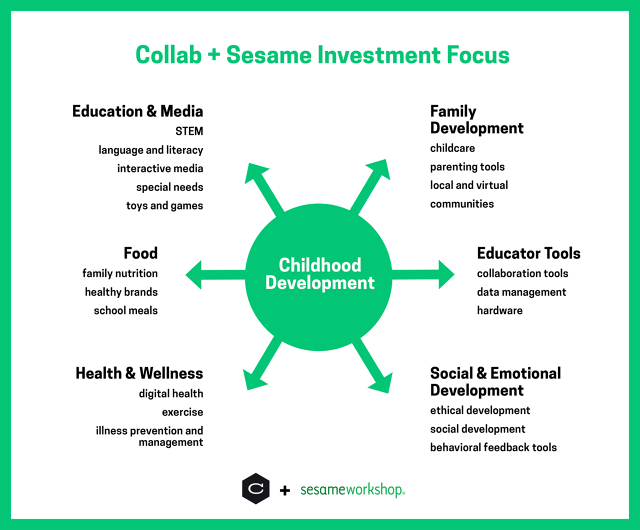Sesame Launches A mission Arm To put money into Startups That assist kids
Its partner, the Collaborative Fund, is an early investor in Lyft and Kickstarter.
February 1, 2016
In 1966, Sesame boulevard’s founders questioned whether or not the existing leisure technology of the time, television, might be used to teach small children. They got their first probability to test the theory when the first express aired in 1969, and now, 45 years and greater than 1,000 analysis studies later, the answer is obviously “yes.”
however there’s a new prevailing technology on the horizon. while americans nonetheless spend extra time gazing tv than enticing in some other enjoyment job, time spent on the pc and on devices is growing. in step with Sesame Workshop, the nonprofit that produces Sesame street, about two-thirds of kids who watch its show first get admission to it no longer through a traditional tv channel, but via an on-demand source just like the PBS children Video App, Sesame street‘s YouTube channel, or HBO GO (the nonprofit and the cable network just lately launched a 5-12 months partnership). that suggests Sesame’s mission of serving to kids grow smarter, superior, and kinder is now competing in a very totally different media landscape than the one into which it was born.

just as Sesame boulevard’s founders once noticed a gap for schooling in tv, Sesame Workshop now sees an untapped opportunity in smartphones and pills. “tv isn’t going away,” says Sesame Workshop CEO and President Jeffrey Dunn, who joined Sesame Workshop from HIT entertainment, which owns Thomas & friends, in 2014. “the youngsters who watch it, we will still have an impact with, but when we want to have an effect sooner or later to the same extent we had one in the past, we and others are going to have to make a much bigger foray into the digital world than has been made.”

That transition, alternatively, is more straightforward mentioned than done for a nonprofit organization with restricted resources. “you have to get inventive,” Dunn says. “And one of the most ways to get creative is to no longer attempt to do everything yourself.”
And so, on Monday, Sesame Workshop announced Sesame Ventures, an interior workforce as a way to accomplice with undertaking capital companies to make investments in for-profit startups that reinforce its mission. Its first companion is Collaborative Fund, an early stage investor in startups like Lyft and Kickstarter. together they’re going to take care of a brand new $10 million fund known as Collab+Sesame Fund.

along with monetary backing, entrepreneurs who obtain funding will likely be paired with Sesame executives as mentors. They’ll even have the choice to use Sesame boulevard characters and branding, although Dunn says this is probably not a precondition for accepting an investment. “We’re now not doing this to extend the logo,” he stated. “We’re doing this to help kids.”
though Dunn stated he had no explicit startups in mind, he said examples he could think about could be companies that inspire healthy habits related to consuming and exercise, or firms that focus on the social and emotional building of children, both through technology-based games or learning merchandise. Craig Shapiro, the founder of the Collaborative Fund (which has greater than $100 million in property underneath management), used to be hopeful that Sesame Workshop’s involvement could be a draw for these firms. “The resources that the Workshop brings, whether or not around efficacy or research or distribution or advertising, i believe is intensely compelling,” he mentioned. Blake Mycoskie, the founding father of Toms footwear and an investor in the Collaborative Fund, says that Sesame Workshop deals its companions experience in analysis, extensive media savvy, and global reach. “What in reality stands out is that their brand is relied on and in addition resonates with parents and kids all over the world,” he says.

Sesame has in the past in a similar fashion used partnerships to enlarge its influence on instructional television. In 1999, it teamed up with Nickelodeon to launch Noggin, the fist all-tutorial cable channel for kids. Then, in 2005, it partnered with PBS, HIT tv Ventures, and NBCUniversal Cable entertainment workforce to launch Sprout, a cable community aimed at preschoolers. It offered its stake in Noggin in 2002 and its stake in Sprout in 2012.
The nonprofit is now using one of the crucial cash from these ventures to seed Collab+Sesame.
“call to mind a stone within the pond,” Dunn says. “The ripple is so much greater. this is all concerning the ripple.”
related Video: We interviewed Elmo, television tube Monster, and friends about suggestion and work-existence steadiness.
fast company , learn Full Story
(27)














